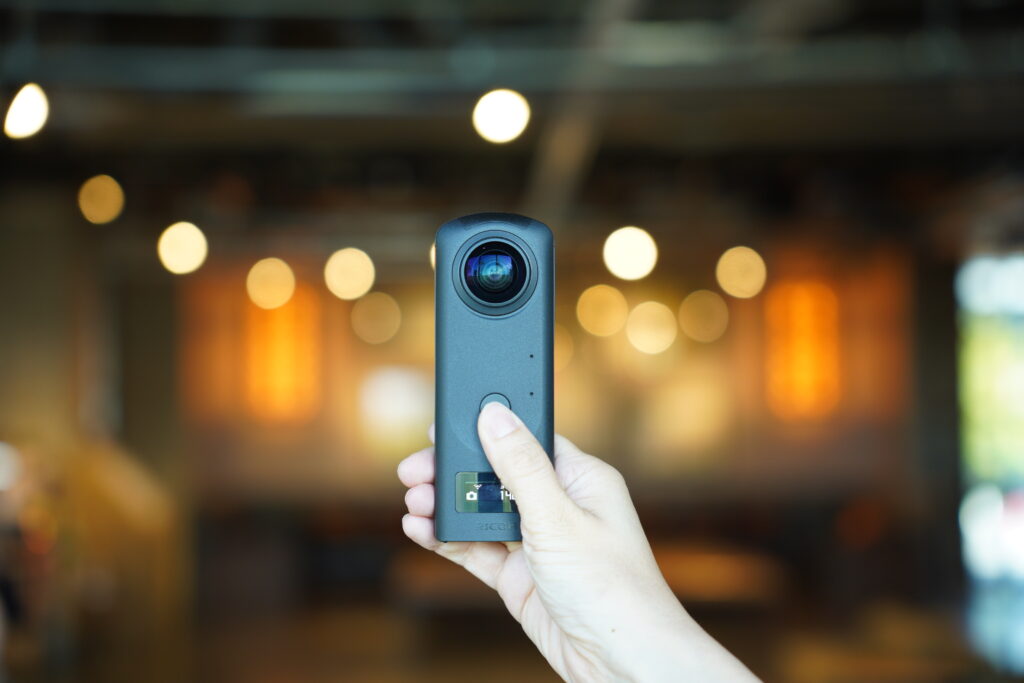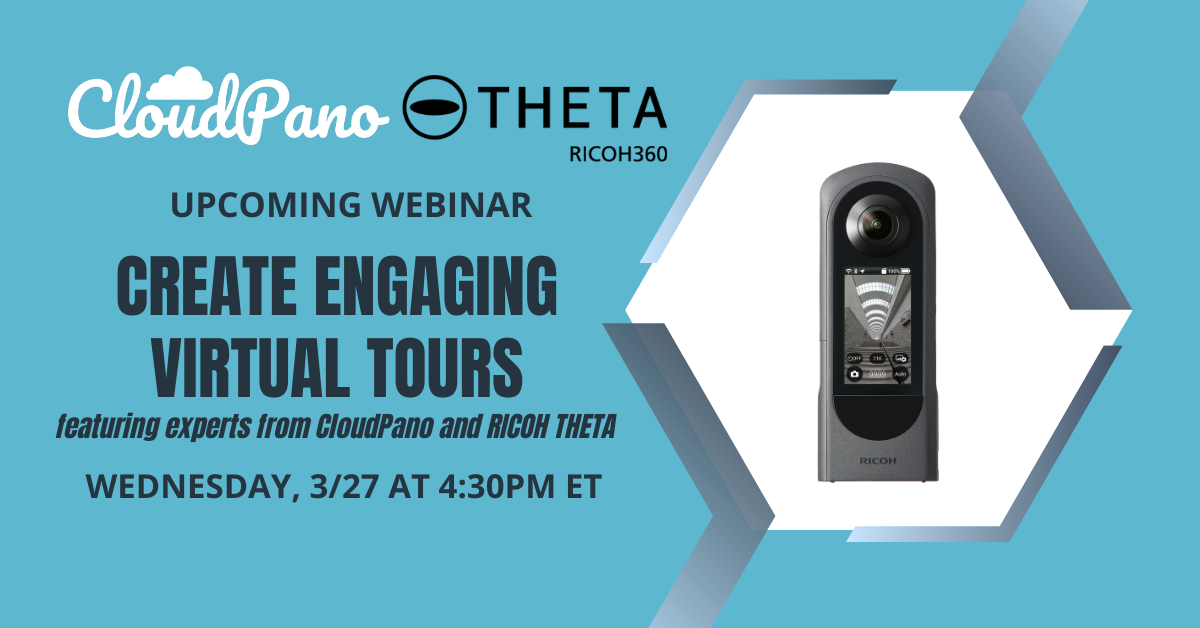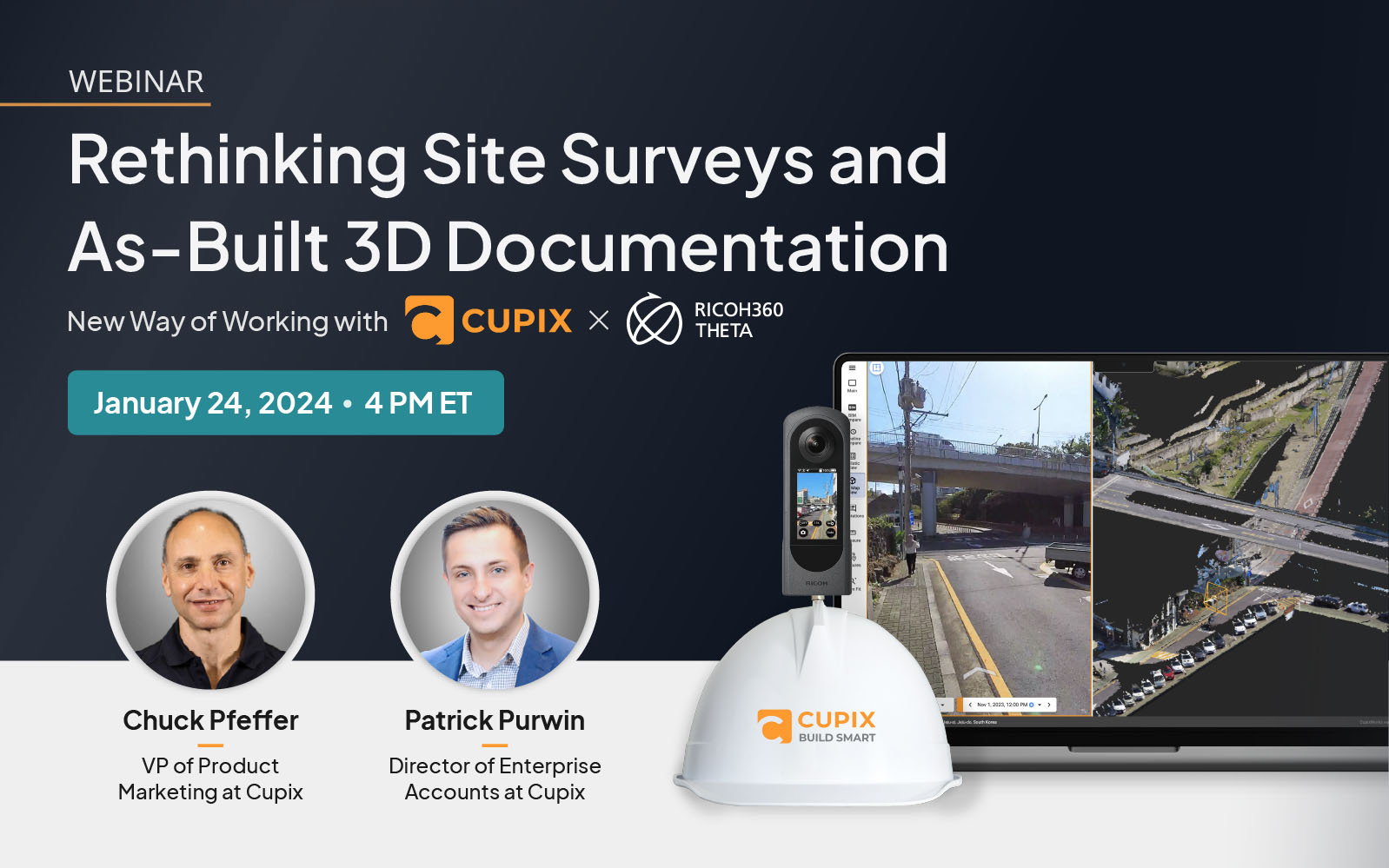Filmmaking as a medium has undergone countless evolutions over the years with new technologies, from the switch to digital camera technology to CGI. A relatively new frontier has emerged with 360-degree cameras, as well, and Hugh Hou has made a name for himself by co-founding digital media firm CreatorUp, operating his popular YouTube channel, and speaking at major events like Adobe Max and CES. Today we’re joined by Hugh to discuss 360 filmmaking and how he uses RICOH THETA cameras in his work.

Thanks for taking the time to speak with us! Can you tell us how you got started with 360 cameras, and why you chose to pursue filmmaking specifically?
I started using 360 cameras to capture music events and festivals back in 2016, and my first ever 360 camera was the THETA V, which I got back in 2016. I filmed (and still film) 2D music videos, but using a 360 camera to film them brought more viewers to the events. I chose filmmaking because we all love immersive experiences, and some of our music videos shot in a 360 video format have pulled in almost 4 millions views.

RICOH THETA V
What are some of the biggest differences between your 360 photography workflow compared to 360 video?
Shooting 360-degree videos requires a lot more studying to master the craft. It is still filmmaking, so creators have to first understand traditional filmmaking techniques. On top of that, 360-degree video also requires much harder stitching and post production work than 360 photography, as professional 360 videos generally need third-party software like Mistika VR to finely stitch footage. Part of this difficulty is that there are optical artifacts in the footage.
What techniques do you use to shoot your outdoor photography? How does it compare to your video shooting techniques?
I use HDR for my outdoor 360 photography. The main difference is that we can not use HDR on video just yet.
We love the photography you’ve created for your dog! Can you walk us through how you shoot with your pet?
I use RAW handheld HDR mode – the new mode in the latest Z1 firmware update. Then I position my dog on the spot I want them and I try to get the 360 camera as close as possible to take the shot. Sometimes I’ll even throw a treat and get my dog to come even closer. The key is to avoid bringing my dog into the stitch line of the camera.
HDR-RAW mode for Z1
How has the new firmware update (HDR-RAW*) affected your everyday workflow when craving 360 content with THETA cameras?
Before the firmware update, the only way to use HDR was via the Dual Fisheye (DFE) plugin or the bracketing option. DFE’s remote app enables users to shoot RAW files remotely, but it is only available for Android. I use my iPhone to capture content, so I always use the 10 sec self-timer mode by setting up from THETA device itself when I shoot with DFE plugin. With the new HDR feature, of course THETA app is available for iOS users, I can use the direct HDR to shoot with RAW from THETA app remotely instead of switching into plugin mode. It makes capturing the moment faster – especially in situations that require swift decision-making and response – “set and go” situations.
This one is shot with the new HDR firmware at Laguna Beach, California.
Handheld HDR is even faster without needing to put the camera on stable ground with a tripod. It makes the Theta Z1 easier to use in everyday situations, and especially in fast-moving live video situations.
This shot was done with handheld HDR in front of the brand new SoFi stadium – an NFL stadium that will host the upcoming Super Bowl.
Of course, I sometimes use the DFE plugin to take a wider dynamic range image, even though it is a 10 sec self timer mode only by setting it from the device.

*For more details, please visit here to learn about the details of HDR-RAW mode.
Dual FishEye (DFE) Plugin
How have you used the DualFisheye plugin since its release?
I use the DualFisheye RAW plugin* for all photos I capture with the Theta Z1 camera, mostly using 9 bracketed HDR with internal merging. I decide between this and HDR RAW based on where and how I’m shooting – so I use HDR RAW (handheld) mode only when I’m outdoor shooting handheld without a tripod. I’ve actually detailed my DualFisheye plugin workflow here in this tutorial.
DFE plugin is a powerful tool and the reason why I love this camera. But it’s only at its full potential if photographers do the correct color processing workflow in post-production as detailed in the above tutorial I made.
*For more details, please visit here to learn about tips and tricks for shooting 360 degree photos with RAW mode and Dual Fisheye (DFE) Plugin.
The perception of 360 cameras
How do you see the perception of 360 cameras and filmmaking from the general public, particularly at tech conferences like CES?
I think the general public that’s aware loves it, while others who aren’t would love it if they learned about it. They can see all around their environment, which is not something they know of with regular photography. I can see this love and intrigue when I see 360 photography on Facebook, and it usually receives much more engagement than traditional photos – take my Facebook page for example.
I usually get stopped a lot at CES and NAB about 360 technology, and I actually presented 360 filmmaking at Adobe MAX for AMD recently with lots of people in attendance.

What’s something you learned from the 360 filmmaking community that you’d like to share with our readers?
Location is the #1 most important element in any 360 video. Some of my favorite spots that I recommend are Tokyo, Malibu and Catalina Island in California, and Lake Tahoe. I would also say to continue creating and get any opportunities to capture 360 video so you can hone your skills, and always look for great locations for your 360 films.
Thank you so much, Hugh! We are looking forward to seeing more of your amazing images taken with THETA!
For more details, please visit the product page.





.jpg)


.svg)




